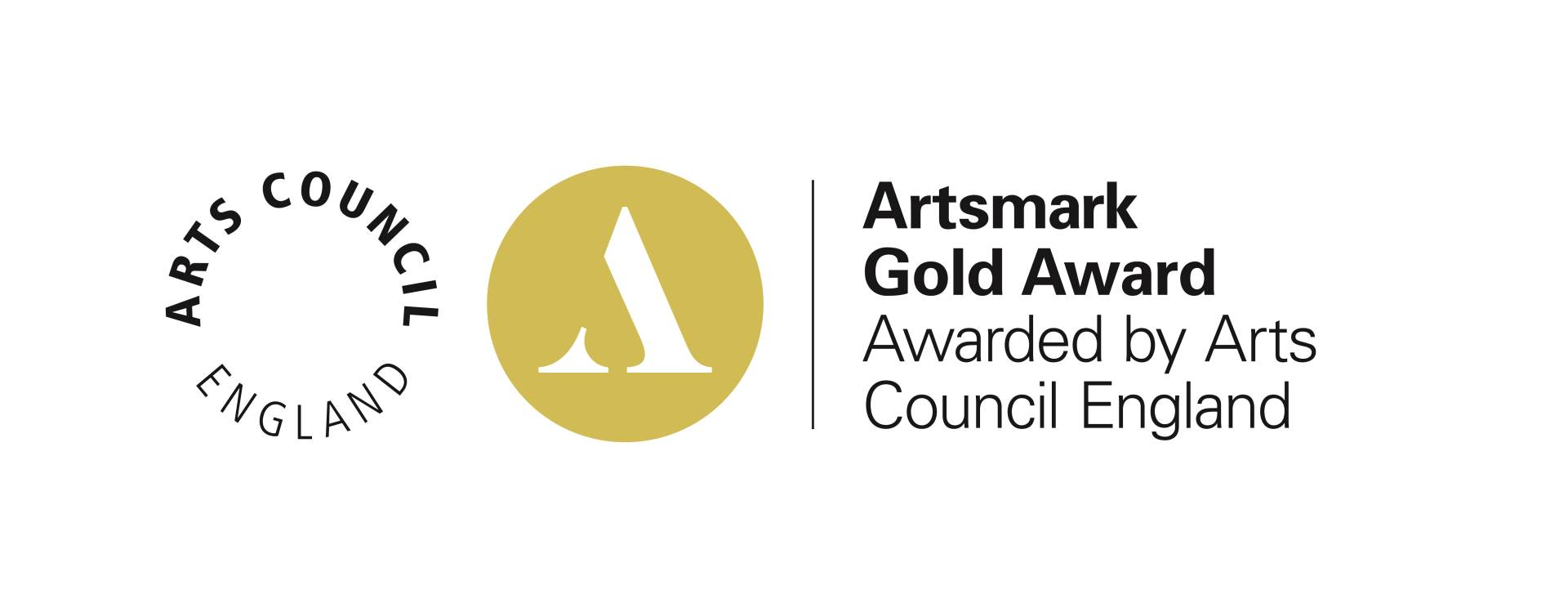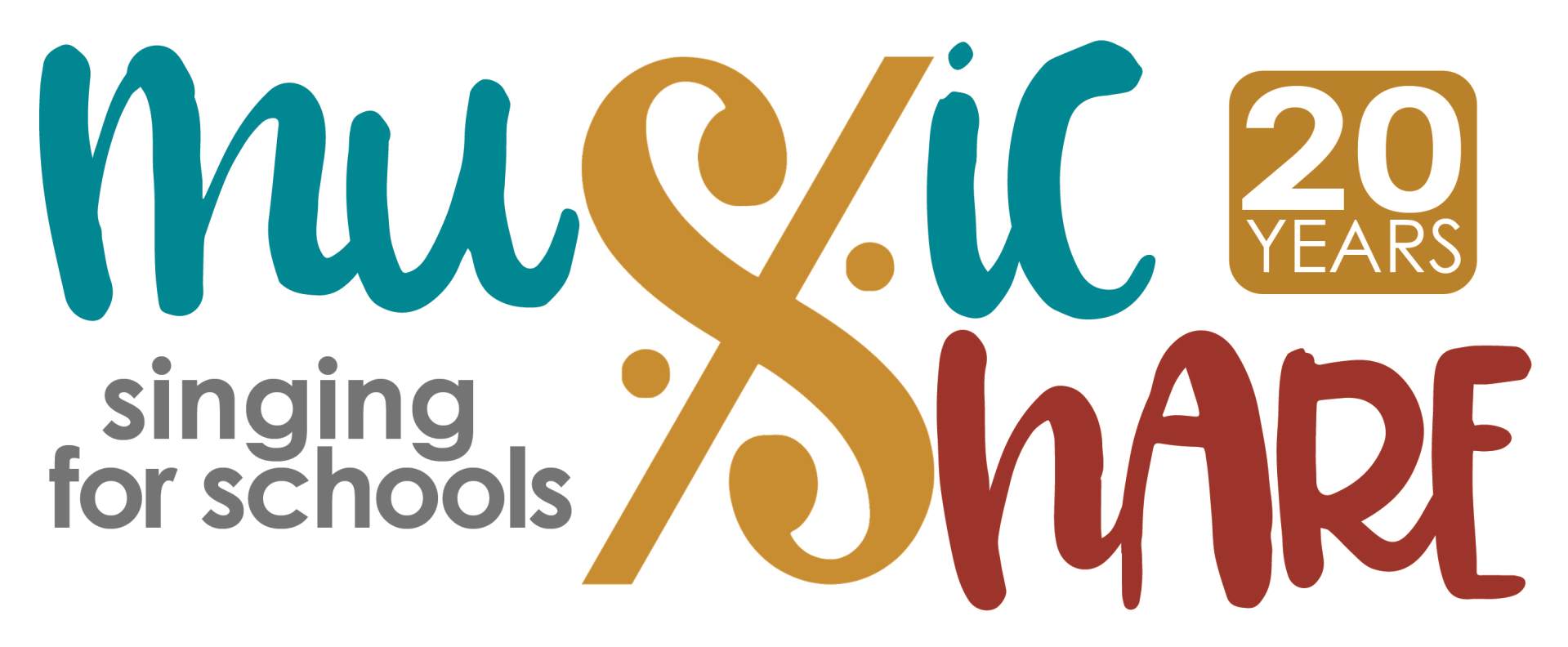Prepare to be a Chorister
Children in Years 2, 3 or 4 can audition to become a Cathedral Chorister. If your child is interested in becoming a Chorister, it would help you to stay in touch with us, so that we can tell you about events that might interest you.
To sign up to our email newsletter service, complete the form below:
You will receive regular updates (but not too many!) about choral workshops, the Be A Chorister For A Day (BACFAD) workshop, local choirs and concerts, alongside news and advice from the Lichfield Cathedral Choristers themselves.
Join a Choir
One of the best things you can do to prepare to be a Lichfield Cathedral Chorister is to join a choir. Your school may run a choir or you could join MusicShare's Young Voices choir, which meets on Monday afternoons from 4.30pm to 5.30pm in the Explorer Hut in Beacon Park. Young Voices is a non-audition community choir created for children who enjoy singing with others and want to learn a wide range of music. Over the years, the choir has had the opportunity to sing in the Royal Opera House, Covent Garden; Symphony Hall Birmingham; and regularly in Lichfield Cathedral. There is a charge of £40 per term with a free trial session - financial support is available if needed!
To join MusicShare's Young Voices choir, email musicshare@lichfieldcathedralschool.com
7 Steps to A Healthy Voice
Young singers are filled with enthusiasm and creativity and their developing vocal cords require special care to ensure long-term vocal health. Vocal strain, if not addressed, can lead to lasting damage and hinder a singer’s progress.
1. Understand your voice.
Your voice becomes strained when your vocal cords are overworked or misused, which are likely the result of excessive singing, improper technique, illness or dehydration. Learn to recognise the symptoms, such as hoarseness, pain in your throat, reduced vocal range and difficulty hitting notes. Your voice muscles need to be looked after in the same way that an athlete looks after their body muscles.
2. Warm-up before singing.
Warm-ups prepare the vocal cords for singing, improving flexibility and reducing the risk of strain. Warm-ups should last about 5-10 minutes before any singing session. If you come to one of our vocal workshops, Mr Lamb will teach you specific ways to warm up your voice that will stretch and relax your muscles.
3. Correct breathing techniques.
Breathing from the diaphragm is essential for controlling vocal output and avoiding unnecessary strain. You should practice belly breathing by placing a hand on your stomach and ensuring it rises during inhalation. Posture is also important – a straight spine and relaxed shoulders enable you to breathe properly and sing at your best.
4. Stay hydrated.
Hydration keeps the cells in your vocal cords lubricated, reducing the risk of irritation. So, make sure to drink water throughout the day, especially before and after singing. Sipping is better than gulping.
5. Healthy vocal practices.
To protect your voice, you should sing within a comfortable range. As a Training Chorister, you will learn how to do this and how to recognise when you have pushed your voice too far. Avoid singing through illness and definitely don’t sing if your throat hurts. Eat healthily – lots of fresh fruit and vegetables. And, most importantly, make sure you get plenty of sleep – your body, and your voice, need sleep to recharge and restore.
6. Rest your voice.
Your vocal cords need adequate rest to recover, especially after a long singing session. Avoid shouting, whispering or talking loudly, as these can strain your voice - this includes all aspects of life, especially when playing sports. If you have a problem with your voice, you may be put on ‘voice rest’, meaning complete silence!
7. Exercises that relax your throat and muscles.
There are specific exercises you can do to help relax your throat and release tension, such as the Yawn-Sigh technique, where you pretend to yawn, then let out a gentle sigh, or the Tongue Stretch, where you stick your tongue out to its full length, then relax it.
For more information, try A Young Person’s Guide to Vocal Health by Olivia Sparkhall available from bookstores including Waterstones and Amazon














